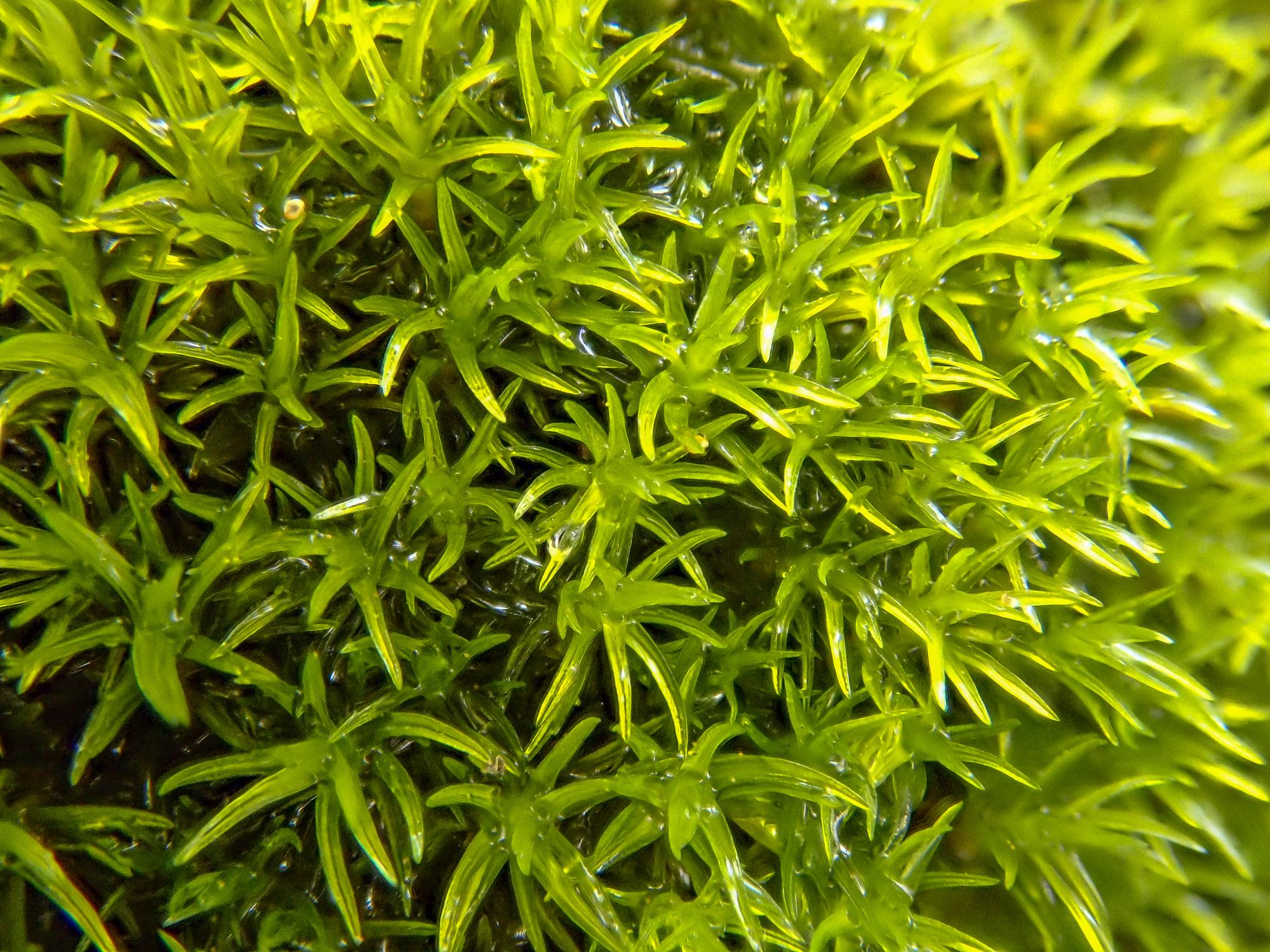
319082.jpg from: https://inpn.mnhn.fr/espece/cd_nom/5531
Grimmia phyllantha: The Fascinating Moss of the Grimmiaceae Family
Introduction

post-10-1129481950.jpg from: https://forum.mikroscopia.com/topic/3055-grimmia-decipiens-schultzlindb/
The world of mosses is full of fascinating species, each with their own unique characteristics and ecological roles. One particularly interesting moss is

Grimmia-decipiens-(Schultz)-Lindb.-94883.jpg from: https://www.biodiversidadvirtual.org/herbarium/Grimmia-decipiens-(Schultz)-Lindb.-img94883.html

bd5adc0aa95352131098b0b7.jpg from: https://atlas.biodiversite-auvergne-rhone-alpes.fr/espece/5548
Grimmia phyllantha Lindb. ex Broth., a member of the Grimmiaceae family. In this blog post, we’ll dive into the details of this captivating bryophyte.

2021-09-17-11-29-56.jpg from: https://www.britishbryologicalsociety.org.uk/learning/species-finder/grimmia-atrata/
Background
Grimmia phyllantha is a moss species first described by Sextus Otto Lindberg and Viktor Ferdinand Brotherus in the late 19th century. It belongs to the genus Grimmia, which contains around 80 species worldwide. The Grimmiaceae family, to which Grimmia belongs, includes over 300 species of mosses adapted to dry, exposed habitats.
Morphology and Identification
G. phyllantha forms small, dense cushions on rocks and boulders. The leaves are lanceolate (lance-shaped) and have a hyaline hair-point at the tip. The leaf margins are recurved

Grimmia-dissimulata-0811.jpg from: https://www.britishbryologicalsociety.org.uk/learning/species-finder/grimmia-dissimulata/
and the costa (midrib) is strong. Capsules are immersed among the leaves and have a peristome (toothed structure around the mouth). The calyptra (hood covering the capsule) is mitrate (bishop’s miter-shaped).
Global Distribution and Habitat
This moss has a wide distribution, found in Europe, Asia, Africa, and North and South America. It grows on exposed, acidic rocks in dry, sunny locations from lowlands to mountains. Common habitats include cliffs, boulders, walls, and rooftops. It is well-adapted to withstand drought and intense sunlight.
Ecological Roles and Adaptations
Like other mosses, G. phyllantha plays important roles in its ecosystems:
- Helps to break down rocks, contributing to soil formation
- Provides shelter and moisture for microorganisms and small invertebrates
- Acts as a pioneer species, colonizing bare surfaces
- Indicator of air quality, as it is sensitive to pollution
Its small size, dense growth form, hair-points on leaves, and immersed capsules help it to conserve moisture and reflect excess light in its harsh habitats. The spores are wind-dispersed, allowing it to colonize new areas.
Conclusion
Grimmia phyllantha is a prime example of how mosses have evolved to thrive in challenging environments. Its unique adaptations and important ecological roles make it a fascinating subject of study for bryologists and nature enthusiasts alike. Next time you’re out hiking, keep an eye out for this small but mighty moss! What other secrets of the bryophyte world are waiting to be uncovered?